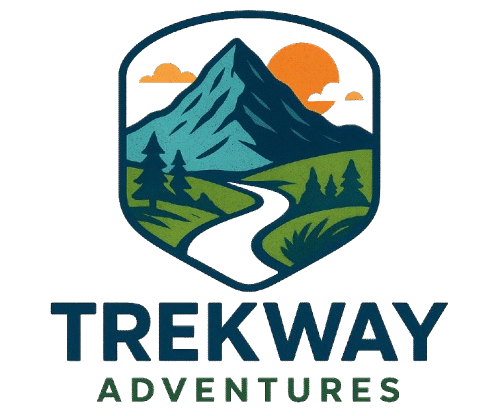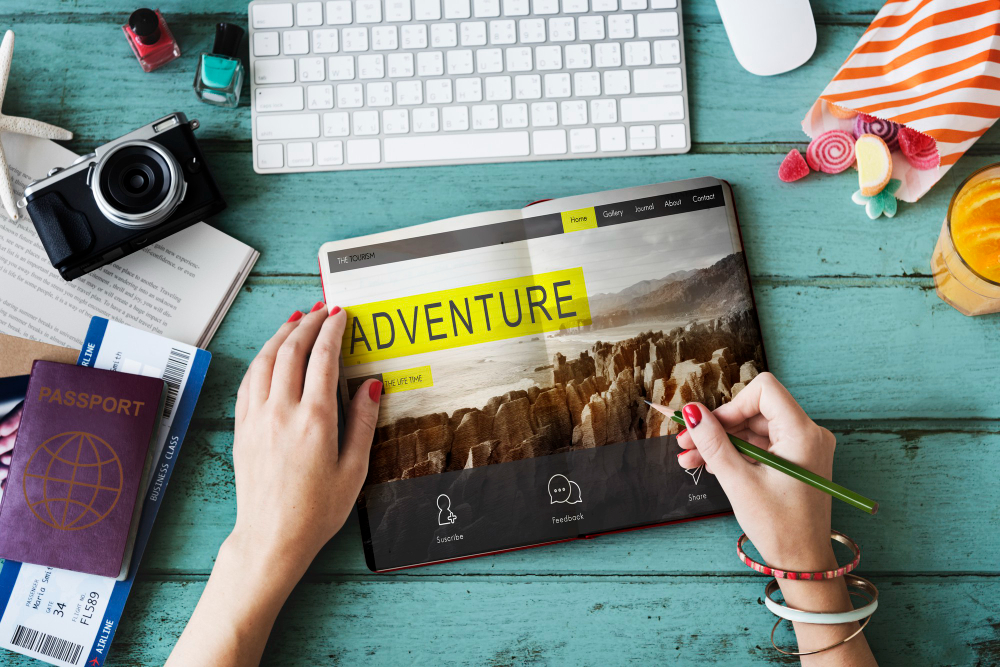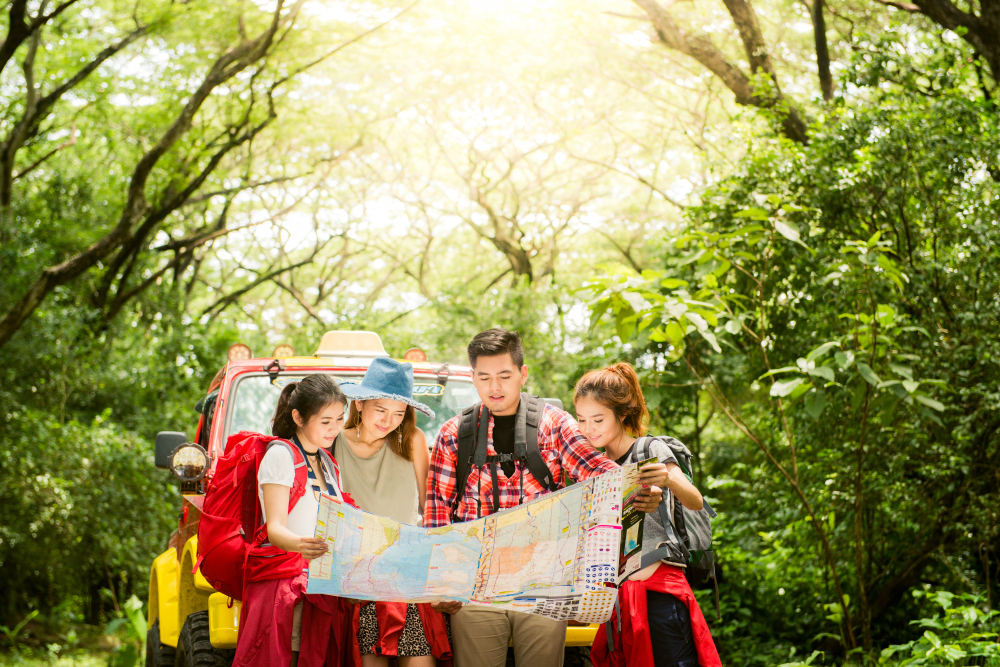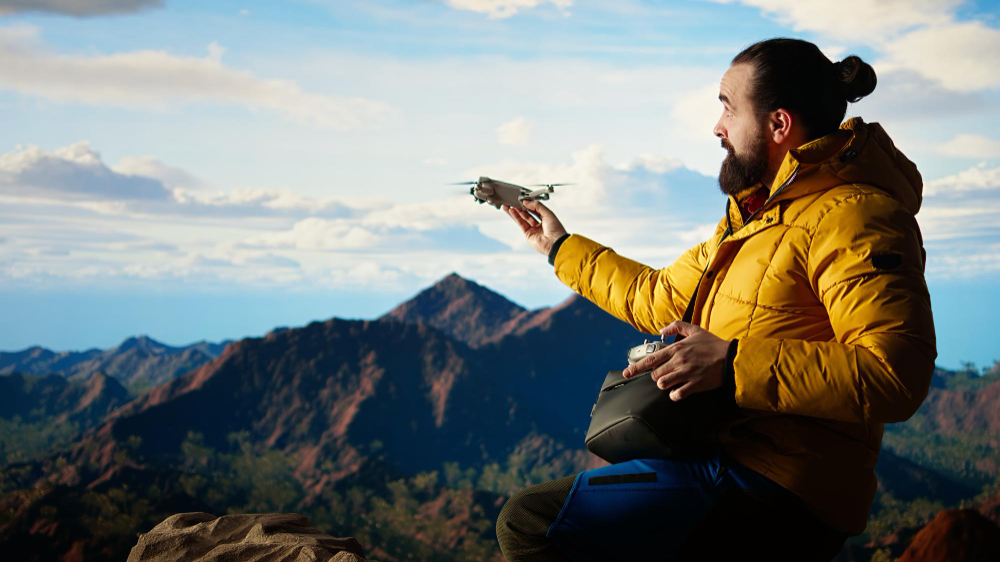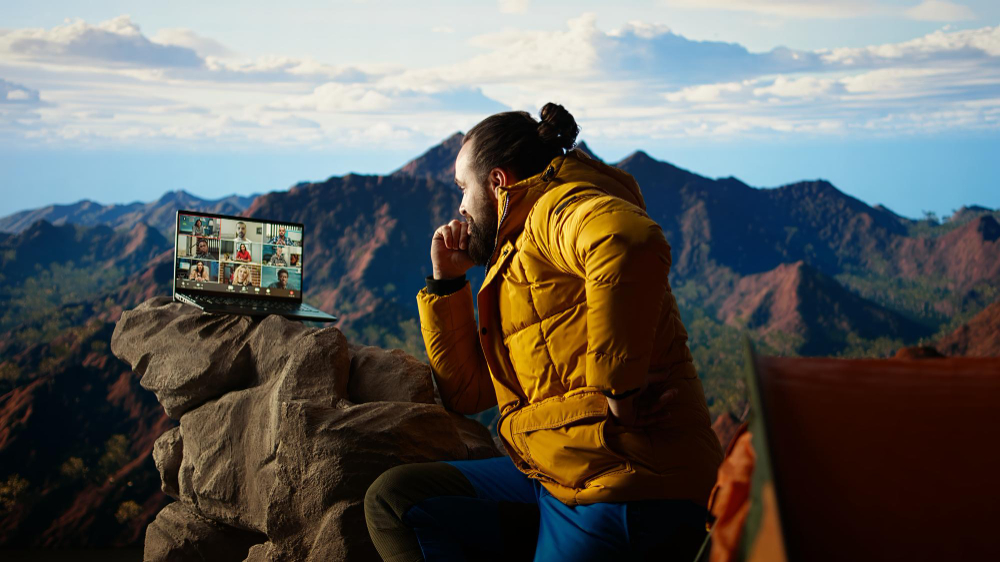How to Build an Adventure Travel Itinerary Like a Pro (With Free Template)
SEO Title: How to Build an Adventure Travel Itinerary Like a Pro (Free Template Inside!)
Meta Description: Learn how to plan the perfect adventure travel itinerary step-by-step with pro tips, expert advice, and a free downloadable itinerary template.
Introduction: The Secret Behind a Perfect Adventure Itinerary
Adventure travel isn’t just about where you go — it’s about how well you plan your journey.
A well-built itinerary ensures every moment counts, balancing thrill and rest, spontaneity and safety.
Whether you’re trekking across the Himalayas, kayaking in Norway, or camping under African skies, your adventure’s success depends on smart preparation. This guide shows you how to build an adventure travel itinerary like a pro, plus offers a free customizable template to get you started.
Why You Need an Adventure Travel Itinerary
The Difference Between Adventure and Regular Trip Planning
Adventure trips involve unpredictable terrains, weather, and logistics. Unlike regular vacations, you must plan routes, safety measures, acclimatization, and permits ahead of time.
Benefits of a Well-Structured Adventure Itinerary
- Prevents missed connections or overexertion
- Maximizes time for exploration
- Keeps your trip organized and stress-free
- Allows flexibility without chaos
- Ensures safety in remote locations
Step 1: Define Your Adventure Goals and Travel Style
Choosing Between Solo, Group, or Guided Adventures
Decide early whether you’ll travel solo, with friends, or through a guided tour. Solo adventures offer freedom, while guided ones provide expertise and safety.
Identifying Your Ideal Adventure Type (Trekking, Diving, Safari, etc.)
Ask yourself: What excites you most?
- Trekking/Hiking – For those who love endurance and scenery
- Scuba Diving – Ideal for ocean enthusiasts
- Safari – Perfect for wildlife photography lovers
- Cycling/Overlanding – For those seeking long-distance adventure
Step 2: Choose the Right Destination
How to Research Adventure Hotspots
Use travel blogs, YouTube documentaries, or adventure communities like Backpacker or Lonely Planet forums.
Factors to Consider: Weather, Safety, and Accessibility
- Best Season: Avoid monsoon or extreme winters
- Safety: Check travel advisories
- Accessibility: Research local transport and permits
Pro Tip: Pick one major destination and two backup options in case of border restrictions or closures.
Step 3: Set Your Budget and Duration
Calculating Travel, Gear, and Experience Costs
Include flights, accommodation, food, gear, permits, and insurance.
Use tools like Numbeo and Rome2Rio to estimate real-time expenses.
How to Plan for Emergencies and Hidden Expenses
Always keep a 10–15% buffer in your budget for emergencies, gear repairs, or last-minute route changes.
Step 4: Map Out Your Day-by-Day Itinerary
Balancing Adventure and Rest Days
Alternate high-intensity days with lighter activities or cultural experiences. Overexertion can ruin your stamina halfway through the trip.
Creating a Logical Flow Between Locations
Use Google My Maps or Komoot to visualize your route and distances. Avoid unnecessary backtracking.
Sample 7-Day Adventure Itinerary Template
| Day | Destination | Activity | Accommodation | Notes |
|---|---|---|---|---|
| 1 | Arrival in Kathmandu | Acclimatization + Local Exploration | Guesthouse | Collect trek permits |
| 2 | Kathmandu → Lukla → Phakding | Flight + Trek | Teahouse | Easy day for adjustment |
| 3 | Phakding → Namche Bazaar | Trekking | Teahouse | 5–6 hrs moderate climb |
| 4 | Acclimatization in Namche | Hike to viewpoint | Teahouse | Rest + local market visit |
| 5 | Namche → Tengboche | Trekking | Lodge | Scenic views of Everest |
| 6 | Tengboche → Lukla | Return Trek | Guesthouse | Evening rest |
| 7 | Lukla → Kathmandu | Flight back | Hotel | Wrap-up & celebration dinner |
Step 5: Research Permits, Gear, and Insurance
Essential Documents for Adventure Travel
- Passport and visas
- Entry or park permits
- Vaccination certificates
- Emergency contact list
Packing Smart: Must-Have Gear Checklist
- Durable backpack (40–60L)
- Lightweight tent or sleeping bag
- Reusable water bottle
- First-aid kit and trekking poles
- Power bank and headlamp
Why Travel Insurance is Non-Negotiable
Adventure travel involves higher risks — from altitude sickness to lost baggage. Choose insurance that covers adventure sports, evacuation, and medical emergencies.
Step 6: Add Local and Cultural Experiences
Incorporating Community and Eco-Tourism
Add at least one community-based experience to your itinerary — volunteering, village homestays, or conservation activities.
Trying Local Food, Traditions, and Hidden Spots
Adventure travel isn’t complete without local immersion — taste regional cuisines, attend cultural festivals, and learn native customs respectfully.
Step 7: Plan for Safety and Sustainability
How to Minimize Your Environmental Impact
- Carry reusable gear (bottles, utensils)
- Follow “Leave No Trace” principles
- Support eco-certified lodges
Building a Backup Plan for Emergencies
Keep an offline map, local SIM card, and alternate routes in case of weather changes or closures.
Step 8: Use Digital Tools to Simplify Planning
Best Apps and Websites for Adventure Itinerary Planning
- Komoot – Route planning and offline maps
- AllTrails – Verified hiking routes
- Rome2Rio – Global transport connections
- TripIt / Notion / Google Sheets – Organize your full itinerary
How to Keep Your Itinerary Accessible Offline
Download PDF versions, offline maps, and contact info. Keep a printed backup in your bag in case your phone battery dies.
Free Adventure Travel Itinerary Template (Download + Example)
Editable Google Sheets/Printable PDF Format
Your free Adventure Travel Itinerary Template includes:
✅ Budget tracker
✅ Daily activity planner
✅ Packing checklist
✅ Emergency contacts
✅ Gear log
👉 Download Free Template Here (External source example — replace with your own file sharing link)
Example Itinerary: 7-Day Himalayan Trek
This ready-to-use example helps you visualize structure, timing, and rest intervals for high-altitude trips. Adjust duration and destinations as per your fitness level and region.
FAQs: Building the Perfect Adventure Travel Itinerary
Q1. How far in advance should I plan an adventure trip?
At least 3–4 months ahead to book permits, flights, and gear rentals.
Q2. Can I build an itinerary without a guide?
Yes — but always research terrain difficulty, weather, and safety precautions thoroughly.
Q3. What’s the most common mistake travelers make?
Overpacking and over-scheduling. Leave room for spontaneity and recovery.
Q4. Should I use apps or paper maps?
Both! Apps for planning and offline maps for reliability in remote areas.
Q5. How do I ensure my itinerary is sustainable?
Choose eco-lodges, minimize waste, and support local communities.
Q6. What if I want to change plans mid-trip?
Flexibility is key. Keep buffer days and backup destinations in your plan.
Conclusion: Plan Like a Pro, Travel Like an Explorer
An adventure itinerary isn’t just a schedule — it’s a blueprint for unforgettable experiences. When you balance structure with flexibility, preparation with curiosity, you unlock the true essence of exploration.
So grab your free template, outline your goals, and design the journey that will challenge and inspire you. 🌍✨
Your next great adventure starts with a plan — and the courage to follow it.
External Source:
For global adventure planning insights, visit Adventure Travel Trade Association (ATTA).
